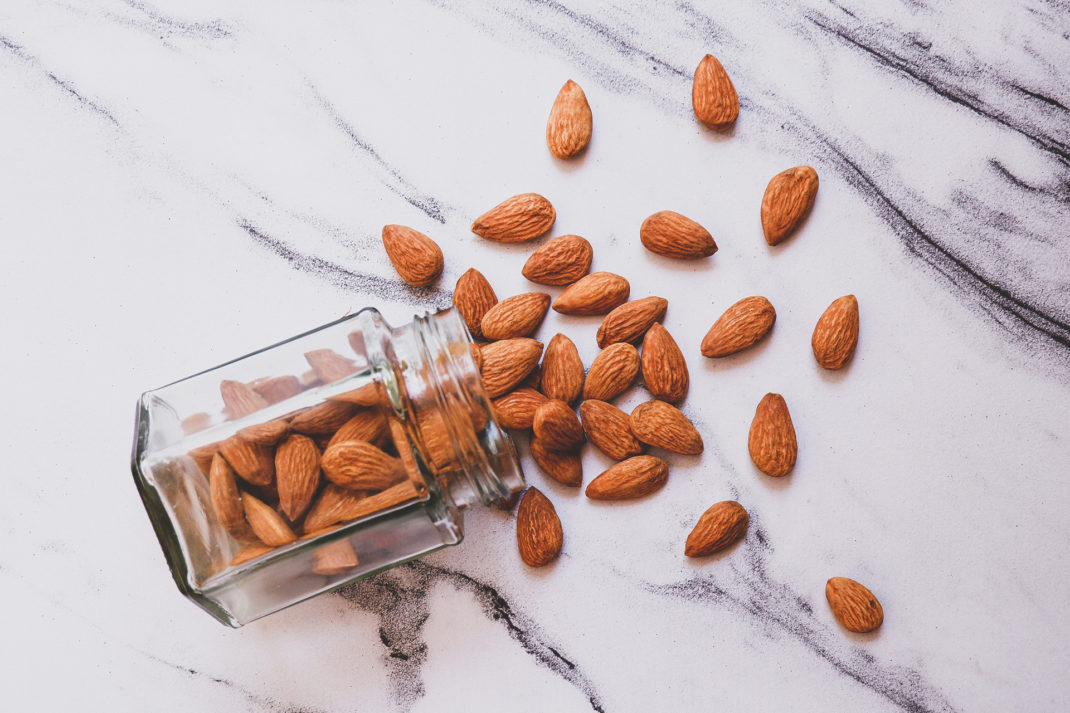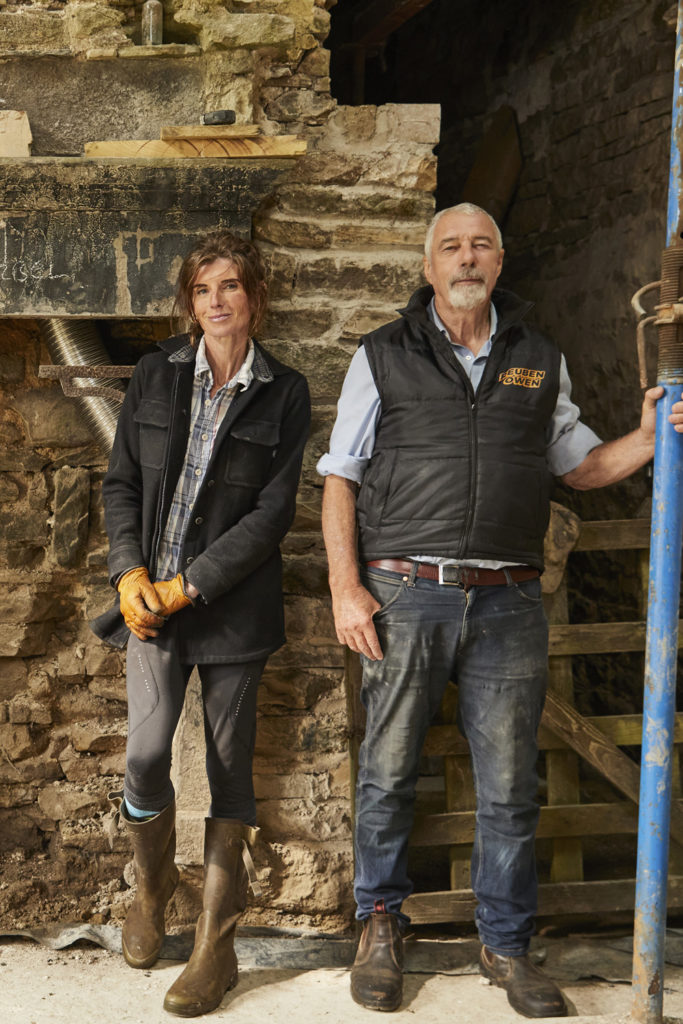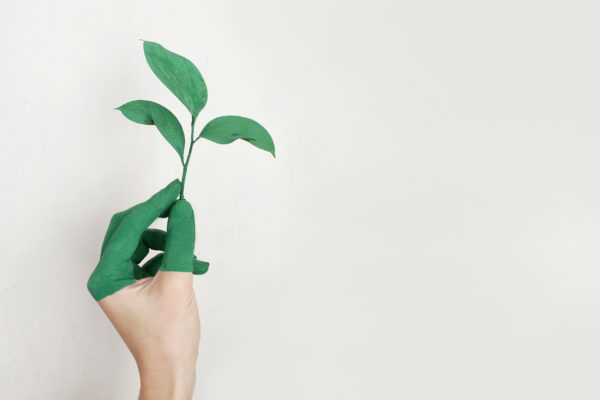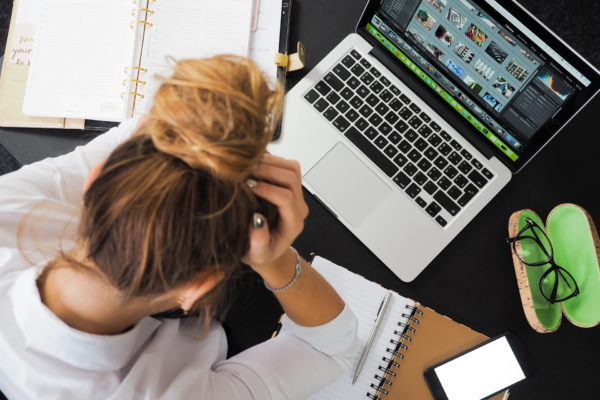The Green Coach: How To Navigate Recycling
By
2 years ago
What goes where, and how can we cut our single-plastic use?
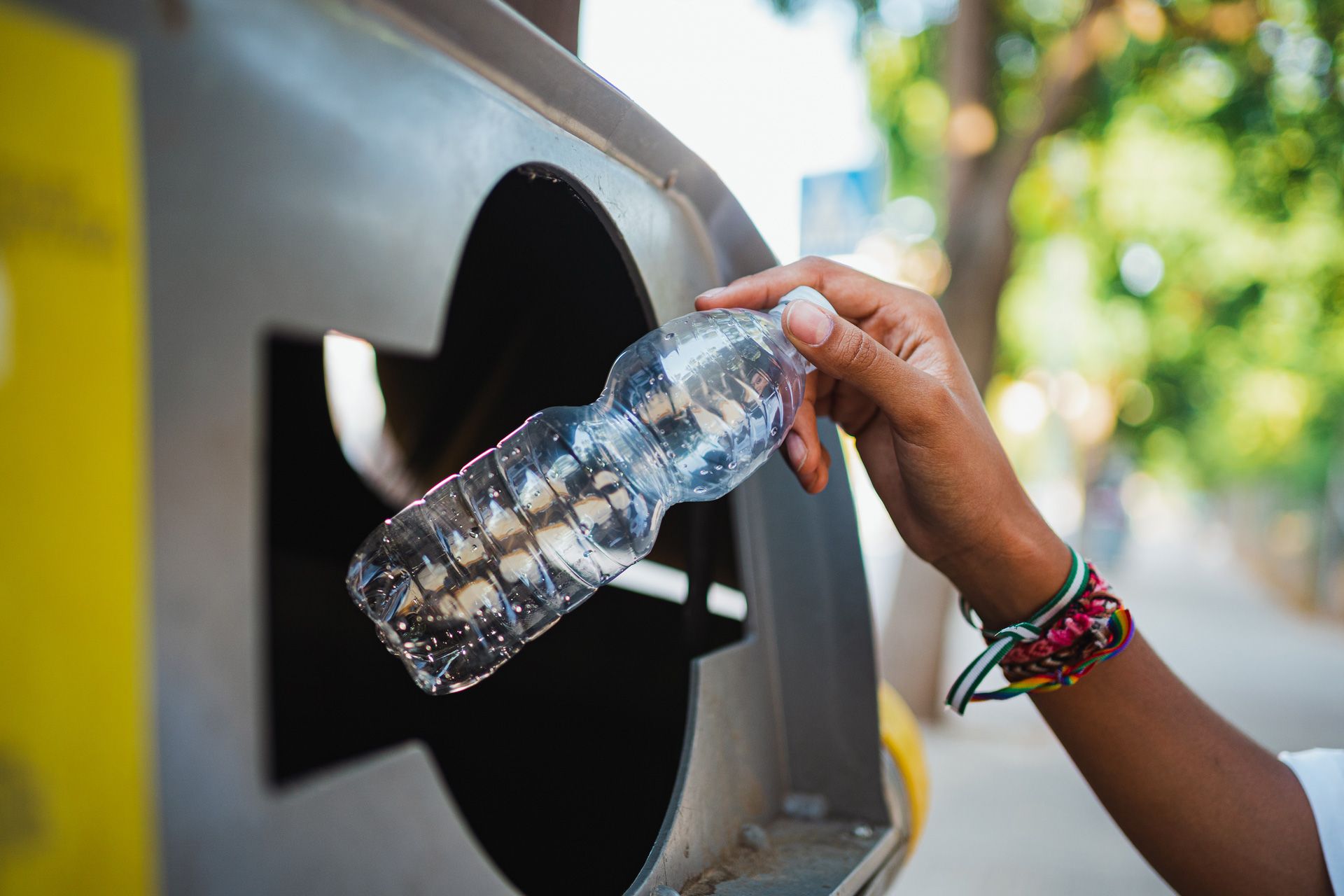
Ever been hit by eco-guilt for buying plastic-wrapped food? Or felt eco-confused over whether an aluminum can or a glass bottle was greener? In our monthly Green Coach column, Lucy Johnson, psychotherapist and founder of sustainable lifestyle consultancy Green Salon, will be tackling all our biggest questions and confessions about the complexities of living a greener life. Up this month: how to navigate the minefield that is recycling, and cut single-use plastic use.
The Green Coach: How To Navigate Recycling
Dear Lucy,
I’ve read lots of upsetting articles about the plastic in our oceans and increasingly in our bodies and am keen to do the right thing with the single-use plastic in my life. But I get very confused about recycling symbols and am never sure which bin to put things in. Please help!
Nick
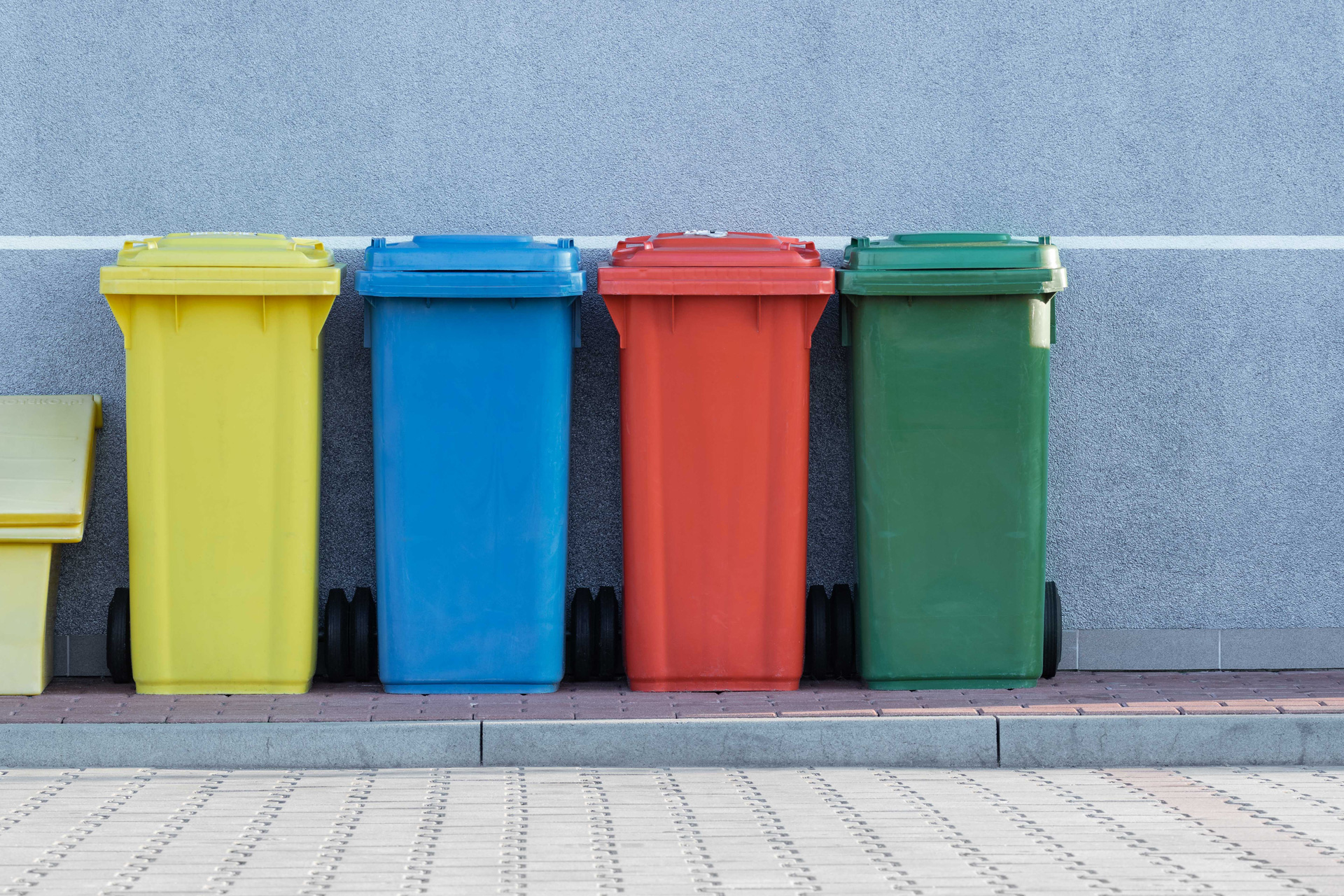
Dear Nick,
Believe me, you are not the only person standing next to the recycling bin, plastic pot in one hand, scrutinising the recycling symbol wondering whether on earth it’s recyclable or not. I call it plastic paralysis – the fear of putting single-use plastic in the wrong receptacle. It’s up there with wish-cycling when we just put it in anyway hoping for the best.
Right now, it can feel like you need a chemistry degree to understand the recycling symbols on plastic products. You’ll find them as three arrows forming a triangle and a number in the middle. Unbelievably, even though a plastic product has the recycling symbol, it’s not necessarily recyclable. As a general rule of thumb, look for the numbers in the middle of the symbol: the lower the number, the more likely it is you’ll be able to recycle it – but not always. Is it any wonder everyone is confused?
Honestly, the issue does not lie with you – or any of us wanting to do the right thing. The problem is that our plastic recycling system is in a mess. There is no centralised system and, as you’ve seen, quite a bit of the plastic in common house-hold items is not even recyclable. While the government cites figures of 44 percent of household plastics being recycled, the figure is nowhere near as high. It’s true that nearly half of recycling is picked up from the kerbside, but only about 12 percent of plastic actually ends up being recycled.
It can feel really easy when we learn this to shrug and think well, what on earth is the point? But, as you say, it’s hard to unknow what we know about how plastic is now turning up in all corners of the globe and even inside us too. So here are some ideas on how you can reduce the single-use plastic in your life, without becoming overly stressed.
To start with, boring as it may sound, find a guide to recycling symbols on your phone and download it so you never have to waste another moment in plastic paralysis. The company I run, Green Salon, has a handy guide to recycling symbols that you can download and keep here.
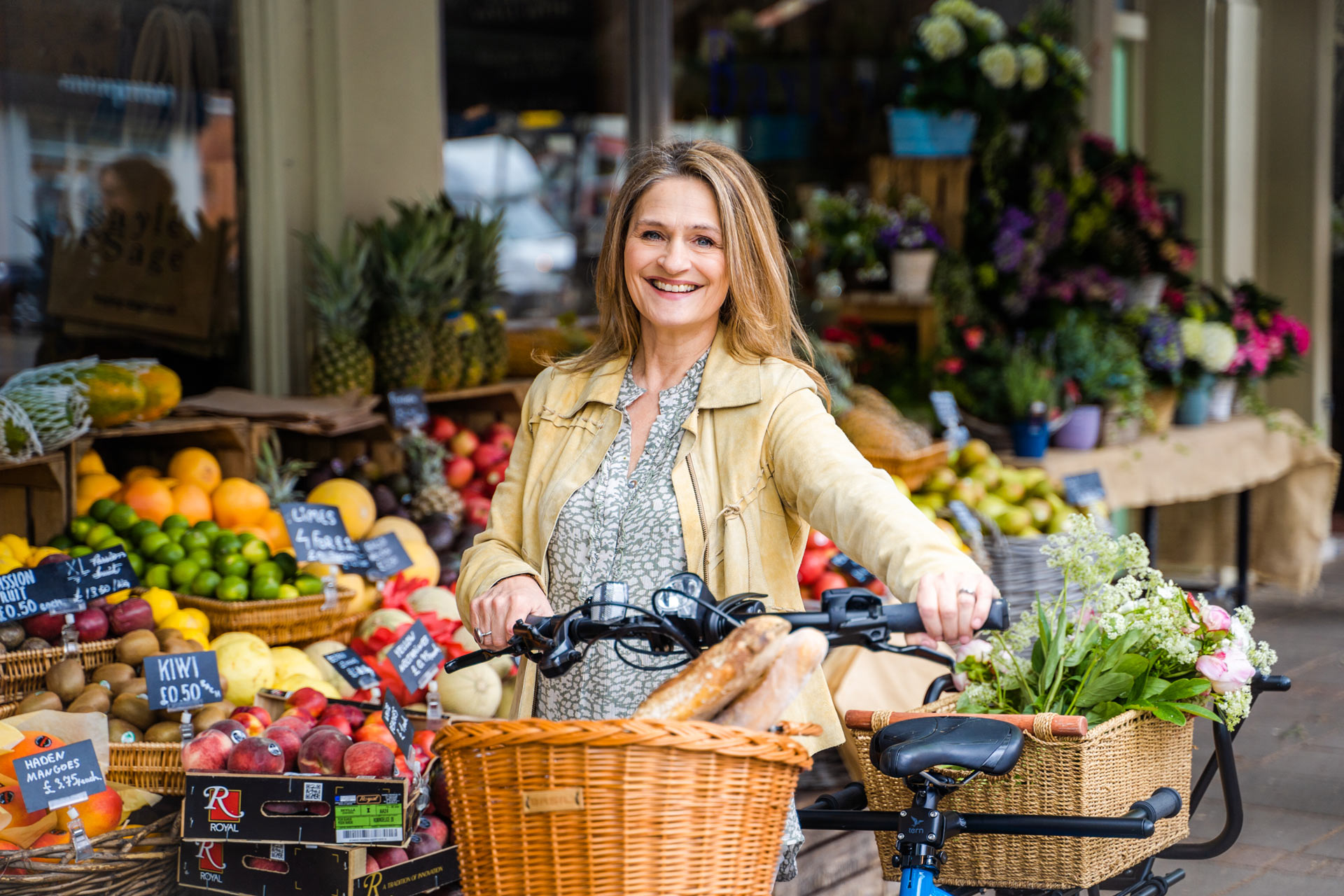
Lucy Johnson, by Vicki Knights
The second is to set up some systems so that you don’t need to even go near the recycling bin for some things. It makes sense to edge out the non-recyclable plastics for instance, like Styrofoam. Start by arming yourself with reusables for every-day use like water bottles and keep cups. It can take a while to get in the habit, but sling them in a satchel, bag or backpack and then they’re there when you need them.
When you’ve got into the habit of reusables, the next step is refillable options which nowadays you can find for most things. Whether it’s pantry staples, bathroom products or even candles, there’s increasingly a refillable version out there. Again, it can take a while to adapt, but setting up a system of refillables for your cleaning products with a company like Bower Collective or SMOL means you can forget all about plastic waste in this aspect of your life.
The only drawback with refillables is that you often need to return the packaging to be refilled, but most companies either collect the reusable packaging with their next delivery or pay the return postage – and you just pop it in a post box as you pass by.
If you’re wondering if you have the motivation to do this, it’s worth bearing in mind that refillables can be cost-effective compared to some high street brands. Ecoegg, for instance, is a plastic egg which you refill with mineral balls to clean your clothes at three to four pence per wash. Reusables, too, often end up cheaper than buying the same things over and over again. I recently calculated that over the last five years I’ve saved £2300 by switching to just 10 reusable items.
So there it is: create a recycling symbol cheat sheet and set up some systems to bypass recycling in some areas of your life and you are doing your part in reducing plastic pollution. In the end, the only thing that will really turn the plastic tide is when we turn down the tap of cheap plastic, but the government and industries are more likely to do that if they see that us consumers are ready to boycott at least some of the plastic we can feel hooked on now.
If you’re looking for refillable options, check out the Green Salon Directory.
Lucy Johnson is the founder of Green Salon sustainable lifestyle consultancy and a qualified psychotherapist. Eco-confused or anxious about climate change? Send her your concerns and questions to [email protected]

